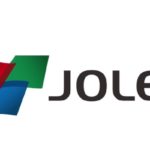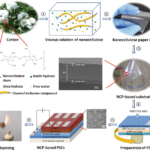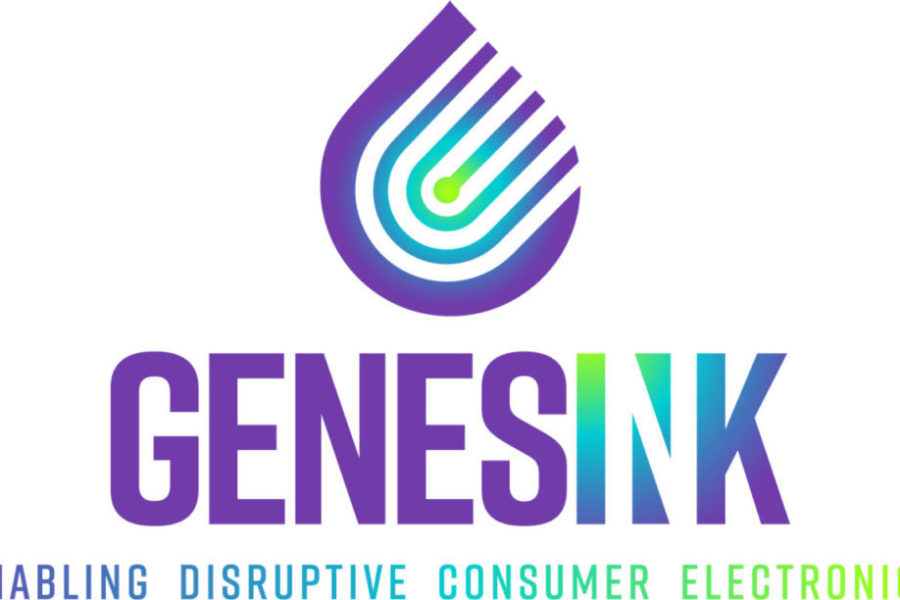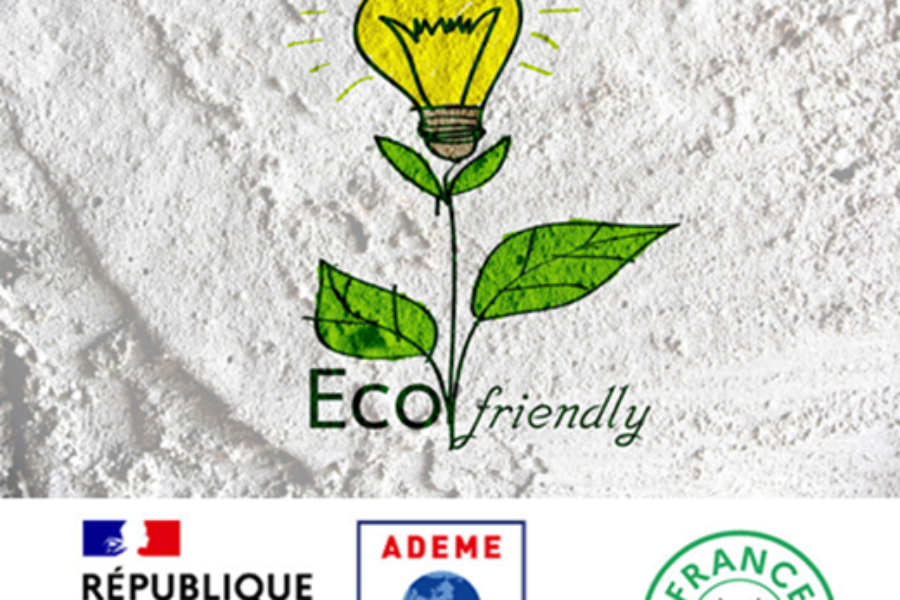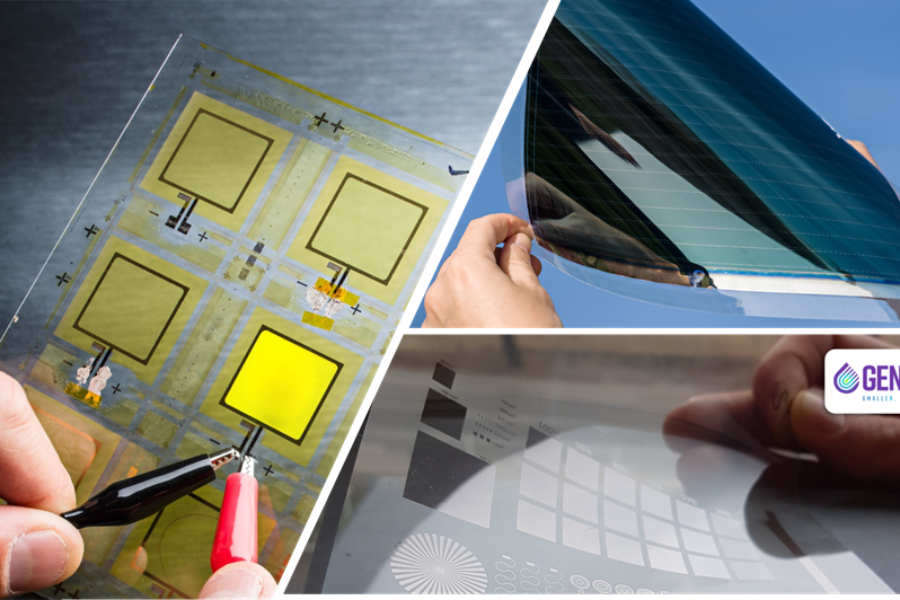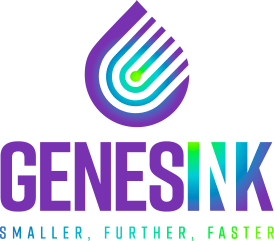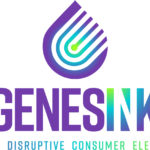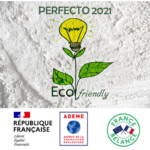GenesInk is a part of the GREENSENSE project funded by the European Union’s Horizon 2020 research and innovation program under grant agreement N° 761000 since January 2018. The aim of GREENSENSE is to develop nanocellulose (NC)-based printed electronics for their final integration into a multi-parameter, hybrid-printed biosensing platform to detect drugs of abuse (DoA). NC-based materials (e.g. substrates and inks) offer better printability and performances compared to paper in the printed electronics domain. Besides, NC is known for their technical and environmental advantages compared to polymers (high degree of functionalization and recyclability). This project is a promising source of innovation in the biomedical industry. The project is planned for 4 years with a total budget of 8 M€.
1. Project goal
Printed Electronics (PE) is one of the fastest growing technologies in the world. PE is interesting for various application fields such as consumer goods, Internet of Things (IoT), healthcare, aerospace, electronics, media and transport. Paper and plastic are considered as key substrates in the development of future flexible electronic devices. Unlike polymer substrates, paper/cellulose-based electronics are cost effective, recyclable and are expected to have a significant impact in the reduction of environmental impact of « electronic trash ». Unfortunately, the surface properties of conventional paper (porosity and surface roughness) are not suitable for printed electronics. To overcome these issues encountered with conventional paper, NC-based films with mechanical strength, transparency, low porosity and smooth surface roughness are considered as promising alternatives.
Thus, GREENSENSE aims to develop a sustainable, wireless and autonomous NC-based biosensing platform for quantitative DoA (Drug-of-Abuse) analysis. By using nanocellulose, it will integrate different printed electronic components (a Near Field Communication (NFC) antenna, energy storage (E. storage) devices and a display) with a newly developed printed biosensor and a microchip. Nanocellulose will then be used:
- as a substrate for printed electronics,
- for the encapsulation of the final device,
- and as an active component in the formulation of functional inks.
If necessary, the nanocellulose surface will be treated to improve printability and compatibility with the functional inks.
2. Outlooks
In the framework of GREENSENSE, a sustainable, nanocellulose-based biosensing platform for Drug-of-Abuse analysis will be developed. This platform integrates high-added value printed electronic components, such as an antenna, a display, a supercapacitor or a battery and biosensor with a specialized silicon microchip.
High throughput and high precision screen printing and inkjet printing techniques will be used to manufacture components at large-scale. The final flexible and recyclable biosensing platform will be mass producible with ultra-low power consumption and therefore, cost-effective, sustainable and environmentally friendly.
3. Consortium
The project started on the 1st of January 2018. 13 partners are joining their efforts to achieve the project goal of developing a sustainable NC-based biosensing platform.
- Leitat, technical institute expert in industrial innovation processes. GREENSENSE is coordinated by Leitat which is also participating in the NC functionalization and NC-based inks formulations.
- AIT, Austrian Institute of Technology, which participates in the development of the printed biosensors to be included in the biosensing platform.
- Melodea, expert in the extraction of cellulose nanocrystals, which participates in the production and functionalization of crystalline nanocellulose (CNC) and CNC-based films at pilot scale.
- RISE Acreo AB, provider of innovative and value-adding ICT solutions. Acreo is involved in ink development, optimization of printing processes, development of electrochromic displays and is responsible for the manufacturing, by combining printing and pick & place hybridization, of the GREENSENSE biosensing platform.
- Infineon, semiconductor company participates in the development of microchip.
- Atlas Medical, manufacturer and supplier of quality diagnostic reagents and kits, participates with its knowledge of in vitro diagnostic devices and the final validation of the biosensing platform.
- GenesInk, manufacturer and supplier of conductive and semi-conductive nanoinks. GenesInk is developing NC-based Ag conductive nanoinks in the framework of GREENSENSE project.
- IMST, leader in R&D of new products for mobile communication participates in the development of a printed NFC system and its communication to a smartphone.
- PROACTIVE, knowledge-based company providing services inter alia in innovation management and Key Enabling Technologies.
- Prelonic Technologies, developing printed electronics elements consisting of batteries, displays, logics, etc. since 2007. Prelonic will develop printed energy storage systems – Zn/MnO2 primary batteries and supercapacitors.
- EMPA, materials science and research institute, addressing sustainability assessment in the framework of GREENSENSE.
- RISE Bioeconomy (INNVENTIA AB), a division within RISE Research Institute of Sweden participates in the production and functionalization of cellulose nanofibers (CNF) and CNF-based films at pilot scale.
- Coatema, engineering expert for high quality coating, lamination and printing plants. Coatema participates in the development of NC-based substrates using R2R pilot lines.
[1] V. Beni et al., ECS Journal of Solid State Science and Technology, 4 (10) S3001-S3005; 2015


